Related Research Articles

Dejima or Deshima, in the 17th century also called Tsukishima, was an artificial island off Nagasaki, Japan that served as a trading post for the Portuguese (1570–1639) and subsequently the Dutch (1641–1854). For 220 years, it was the central conduit for foreign trade and cultural exchange with Japan during the isolationist Edo period (1600–1869), and the only Japanese territory open to Westerners.

The United East India Company was a chartered company established on 20 March 1602 by the States General of the Netherlands amalgamating existing companies into the first joint-stock company in the world, granting it a 21-year monopoly to carry out trade activities in Asia. Shares in the company could be bought by any resident of the United Provinces and then subsequently bought and sold in open-air secondary markets. It is sometimes considered to have been the first multinational corporation. It was a powerful company, possessing quasi-governmental powers, including the ability to wage war, imprison and execute convicts, negotiate treaties, strike its own coins, and establish colonies.

Hendrik Brouwer was a Dutch explorer and governor of the Dutch East Indies.
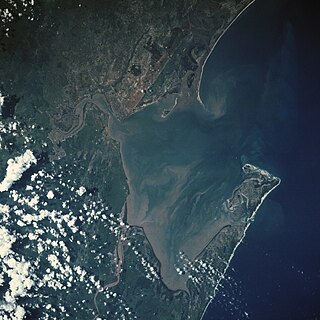
Maputo Bay, formerly also known as Delagoa Bay from Baía da Lagoa in Portuguese, is an inlet of the Indian Ocean on the coast of Mozambique, between 25° 40' and 26° 20' S, with a length from north to south of over 90 km long and 32 km wide.
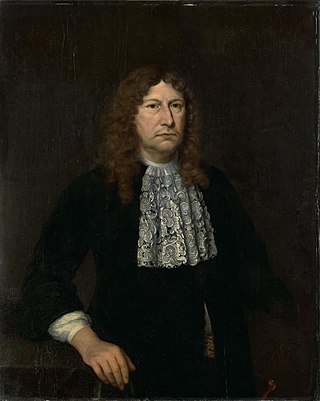
Johannes Camphuys was the Governor-General of the Dutch East Indies from 1684 to 1691. Camphuys was born in Haarlem, in the Republic of the United Netherlands.
A factor is a type of trader who receives and sells goods on commission, called factorage. A factor is a mercantile fiduciary transacting business in their own name and not disclosing their principal. A factor differs from a commission merchant in that a factor takes possession of goods on consignment, but a commission merchant sells goods not in their possession on the basis of samples.
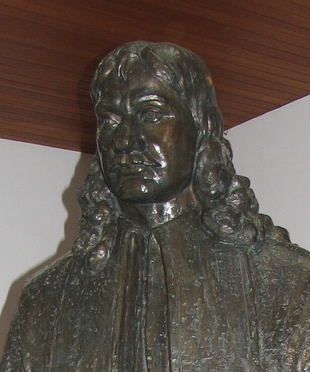
Frederick Coyett, born in Stockholm c. 1615 or 1620, buried in Amsterdam on 17 October 1687, was a Swedish nobleman and the last colonial governor for the Dutch colony of Formosa. He was the first Swede to travel to Japan and China and became the last governor of Dutch-occupied Taiwan (1656–1662).

Jan Cock Blomhoff was director ("opperhoofd") of Dejima, the Dutch trading colony in the harbour of Nagasaki, Japan, 1817–1824, succeeding Hendrik Doeff.

Factory was the common name during the medieval and early modern eras for an entrepôt – which was essentially an early form of free-trade zone or transshipment point. At a factory, local inhabitants could interact with foreign merchants, often known as factors. First established in Europe, factories eventually spread to many other parts of the world. The origin of the word factory is from Latin factorium 'place of doers, makers'.

Isaac Titsingh FRS was a Dutch diplomat, historian, Japanologist, and merchant. During a long career in East Asia, Titsingh was a senior official of the Dutch East India Company. He represented the European trading company in exclusive official contact with Tokugawa Japan, traveling to Edo twice for audiences with the shogun and other high bakufu officials. He was the Dutch and VOC governor general in Chinsura, Bengal.
Hendrik Godfried Duurkoop was a Dutch merchant-trader and VOC Opperhoofd in Japan. During his career with the Dutch East Indies Company, he worked on Dejima, a small artificial island in the harbor of Nagasaki, Japan.

VOC opperhoofden in Japan were the chief traders of the Dutch East India Company in Japan during the period of the Tokugawa shogunate, also known as the Edo period.

The Dutch Empire is a term comprising different territories that were controlled by the Netherlands from the 17th to 20th centuries. They settled outside Europe with skills in trade and transport. In the late 16th century, the Netherlands reclaimed their lead at sea, and by the second half of the 17th century, dominated it. This hundred-year period is called the Dutch Golden Age. The Dutch built their empire with corporate colonialism by establishing the Dutch East India Company (VOC) and the Dutch West India Company (GWC), following Britain's footsteps, which led to war between both empires. After the French Revolutionary Wars, the Netherlands lost most of its power to the British after the French armies invaded the Netherlands and parts of the Dutch colonies. Hence, Dutch leaders had to defend their colonies and homeland. Between 1795 and 1814, the French restored the VOC in Indonesia and Suriname which remained under Dutch control.
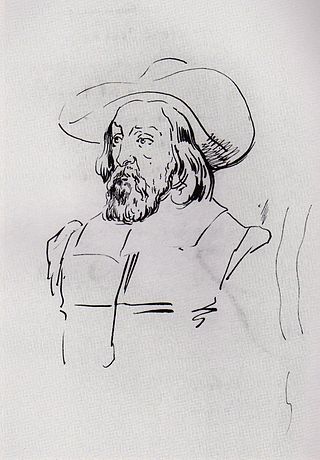
Pieter Anthoniszoon Overtwater, also known as Anthonisz. or over 't Water, was a merchant/trader and official of the Dutch East India Company.

Renier van Tzum also known as Tzom or Reijnjer van't Zum,, was a merchant/trader and official of the Dutch East India Company.
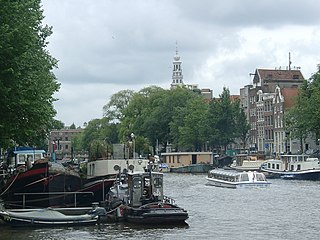
Constanti(j)n Ranst de Jonge was a Dutch businessman employed by the Dutch East India Company (VOC) who was chief of the trading posts in Tonkin and Dutch Bengal and three times opperhoofd of Dejima in Japan.
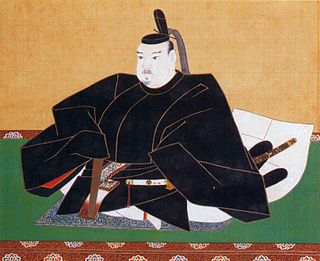
Willem Verstegen was a merchant in service of the Dutch East India Company and chief trader of factory in Dejima.
Leopold Willem Ras (1760s–1823) was a Dutch merchant-trader and diplomat.

The history of Maputo, the capital of Mozambique, traces its origins back over 500 years, when a fishing village developed by Maputo Bay on the site where the modern city of Maputo now stands. The first Europeans to discover the bay were Portuguese navigators led by António de Campo in 1502. In 1544, the Portuguese merchant and explorer Lourenço Marques reached the bay and named it Delagoa Bay. The Portuguese established a fort on the site, but were soon forced to abandon it. In 1721, the Dutch East India Company established Fort Lydsaamheid on the bay, but abandoned it due to conflicts with local Africans and the unhealthy environment. In the mid-18th century, the Portuguese returned to the bay, selling ivory to British ships carrying Indian textiles. In 1773, William Bolts of the Trieste Company reached the bay and claimed it for the Holy Roman Empire. Bolts and the Austrians were forced out in 1781 by Portuguese ships sent from Goa.
References
- Screech, Timon (2006). Secret Memoirs of the Shoguns: Isaac Titsingh and Japan, 1779–1822. London: Routledge.